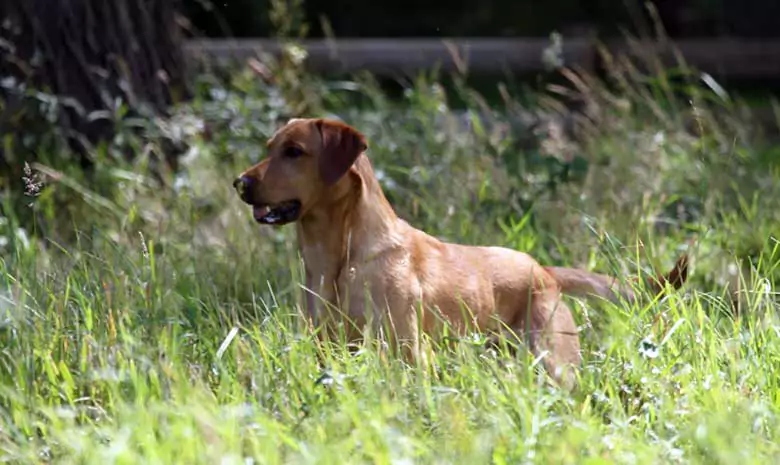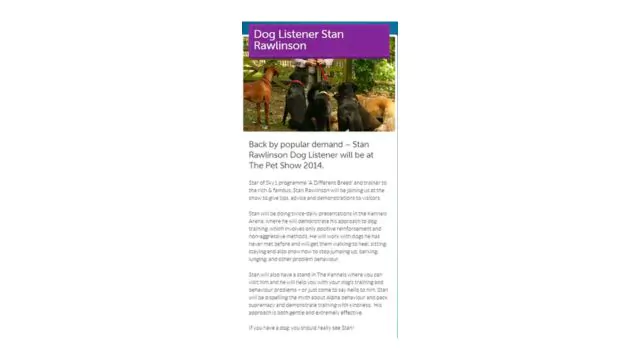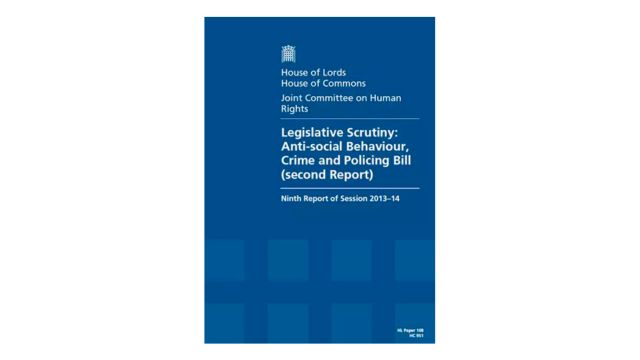Warning Seasonal Canine Illness Period
It’s Seasonal Canine Illness Time Again
Since 2009, during late August to early November Seasonal Canine Illness SCI ,has been causing some dogs to fall ill on Forestry Commission and surrounding land, resulting in death for a handful each year.
Past cases have been reported in Nottinghamshire Sherwood Forest and Clumber Park, Lincolnshire, Thetford Forest Norfolk, Suffolk (Rendlesham Forest), Sandringham Estate and possible cases in the New Forest.
“The illness which comes on very quickly, usually within 24 to 72 hours of dogs walking in woodland, causes vomiting, diarrhoea and lethargy. These clinical signs are common and non-specific, but it is their onset within only a few hours of dogs walking in woodlands that is distinctive.

Although more cases are being reported each year, with more awareness-raising, vigilance of the public and staff more dogs are receiving medical treatment earlier and surviving.
Research has ruled out man-made poisons, water quality, fungi and flora but unfortunately we are looking for a small needle in a very large hay stack. Information gleaned in 2011 has helped us to narrow this search area but we do need the public to keep us informed.
Research still continues at the five study sites (listed above) but reminds staff and the public that SCI could happen in any woodland so vigilance is the key.
In order to help find the cause the AHT desperately need information from dogs that have been walked at any of our study sites, even if they did not become ill. Questionnaires can be filled in online and the public should be encouraged to do so.
If you would like any more information on the condition or would like to report a case of SCI please get in touch with the Animal Health Trust: [email protected]
What can dog owners do?
1. Be vigilant for signs of illness and contact a vet immediately if concerned
2. Be aware of where your dog is and what it may be eating/drinking/walking through
3. Fill in the Animal Health Trust questionnaire if you have walked your dog in an affected area, even if your dog has not become ill. There are specific questionnaires for various sites that can be downloaded from the Animal Health Trust Website
4. Notify other pet owners you encounter about the project – spread the word!





